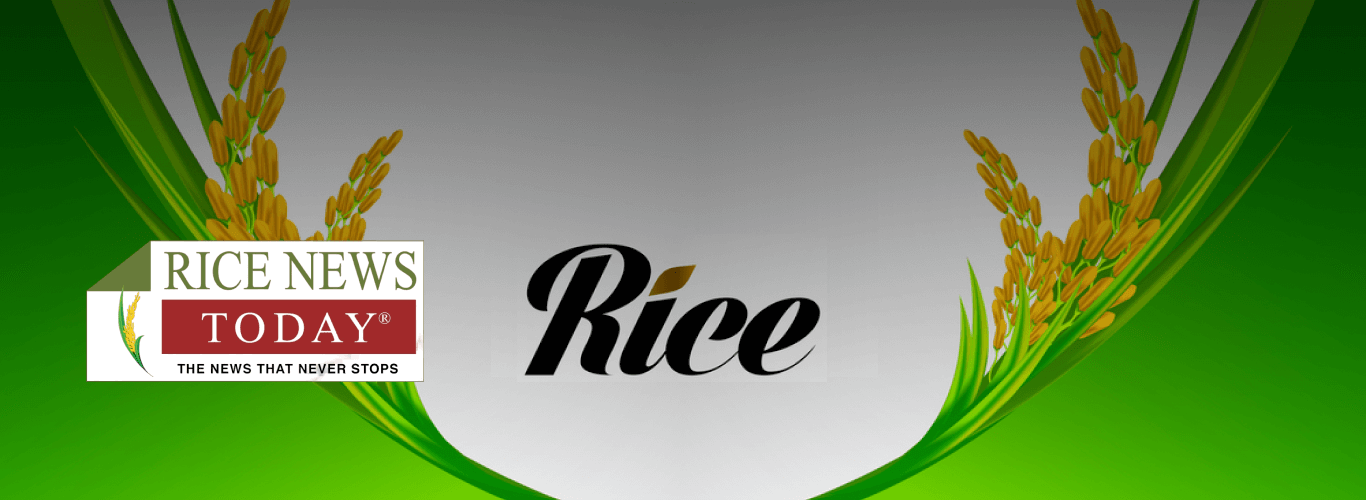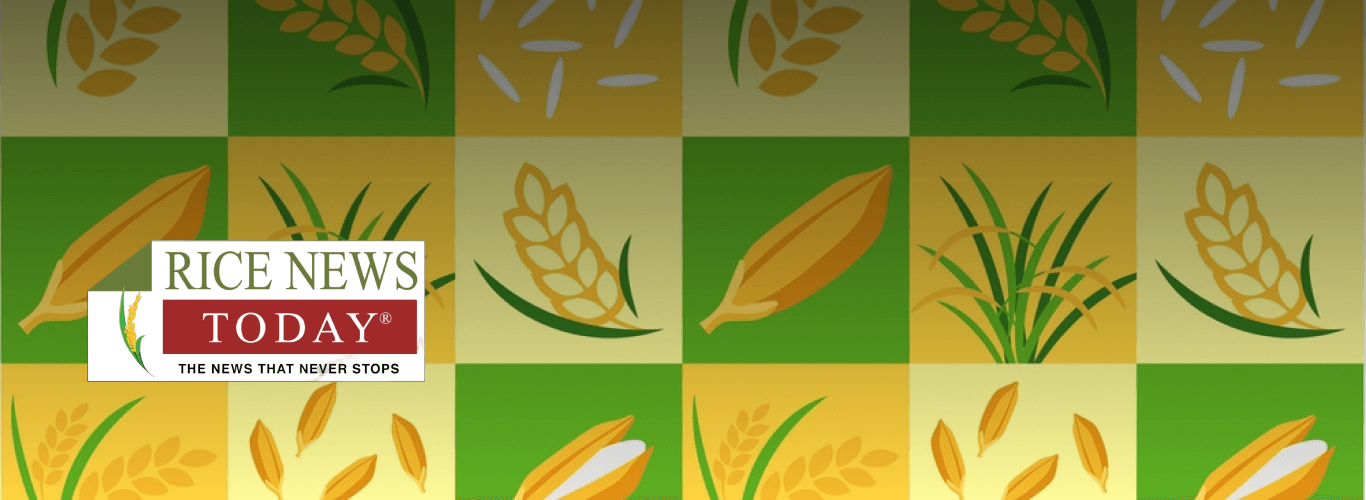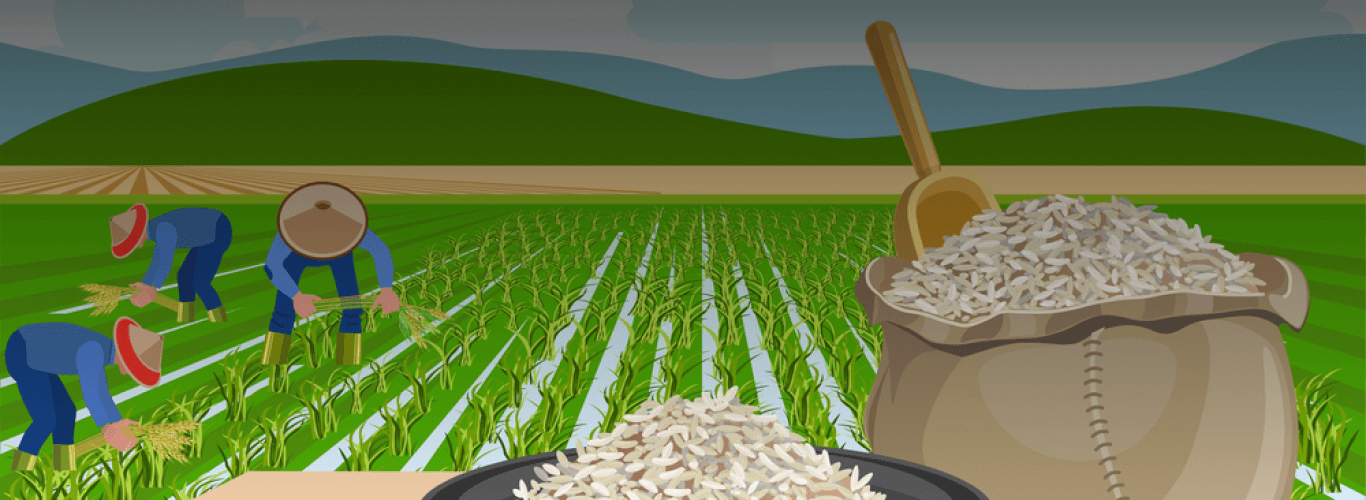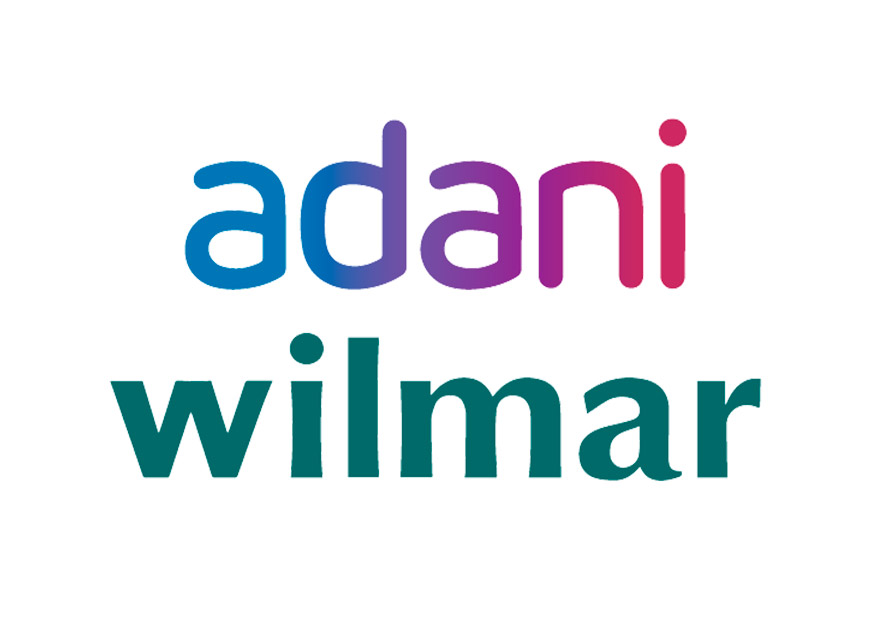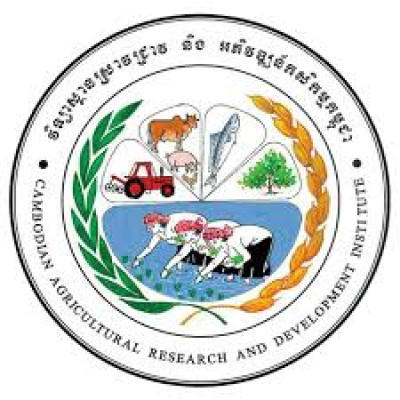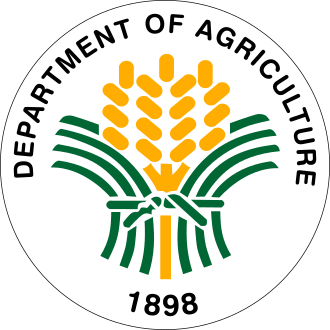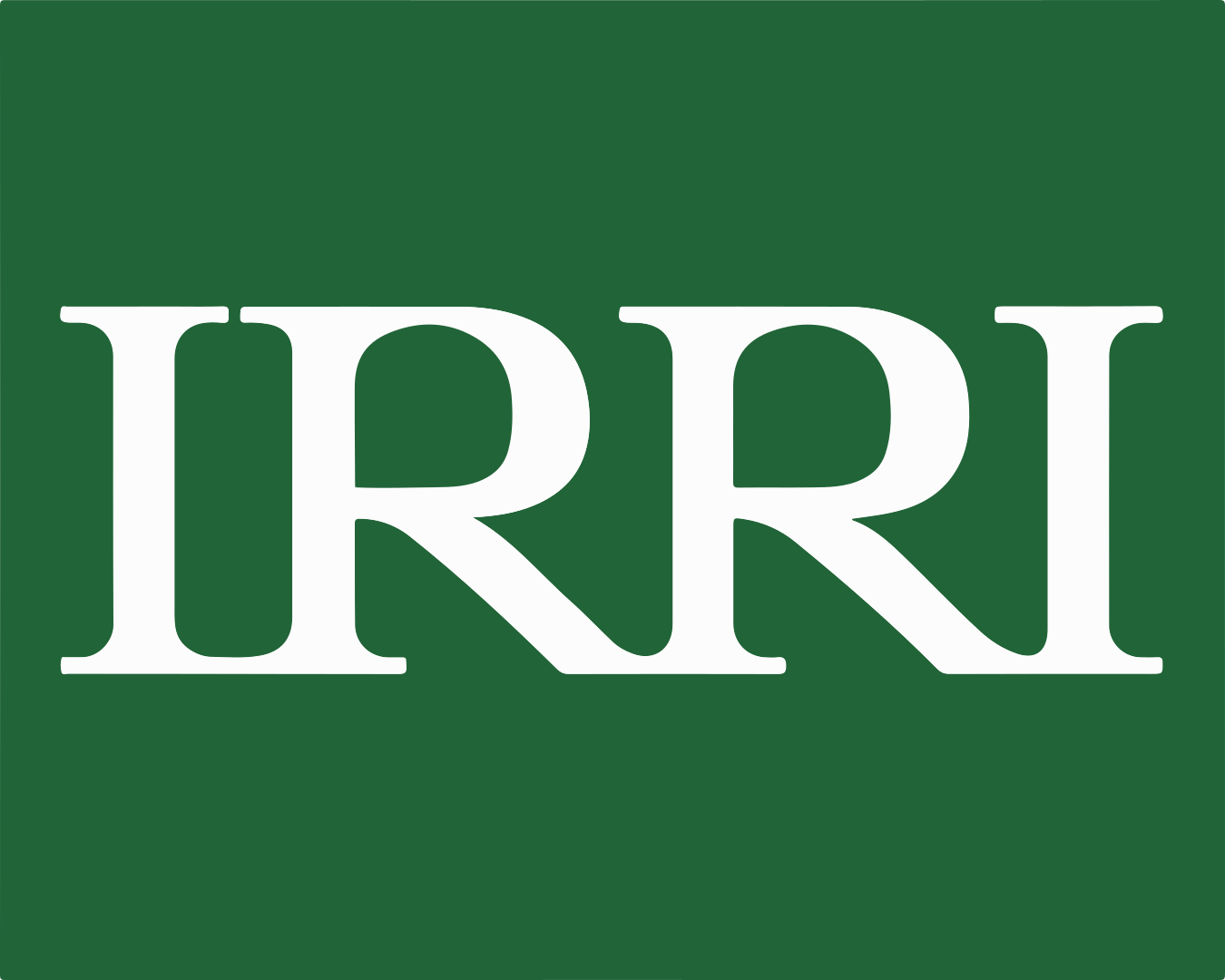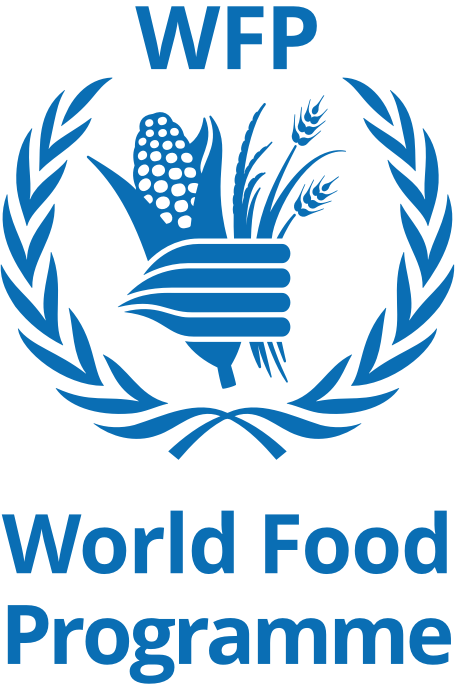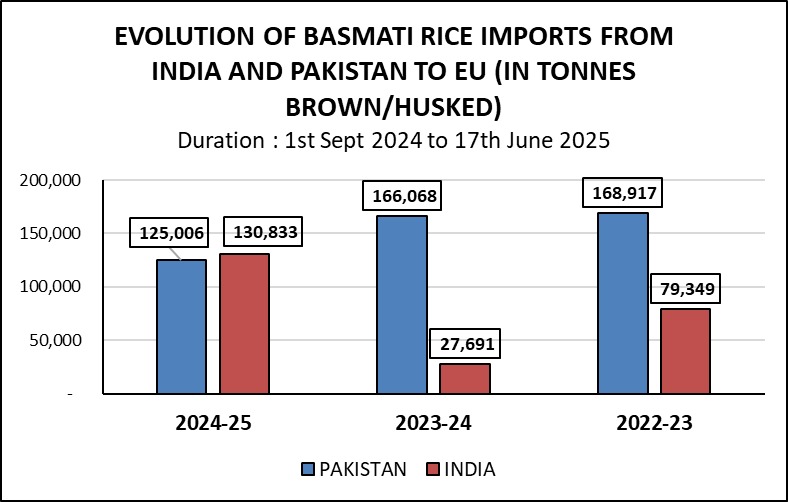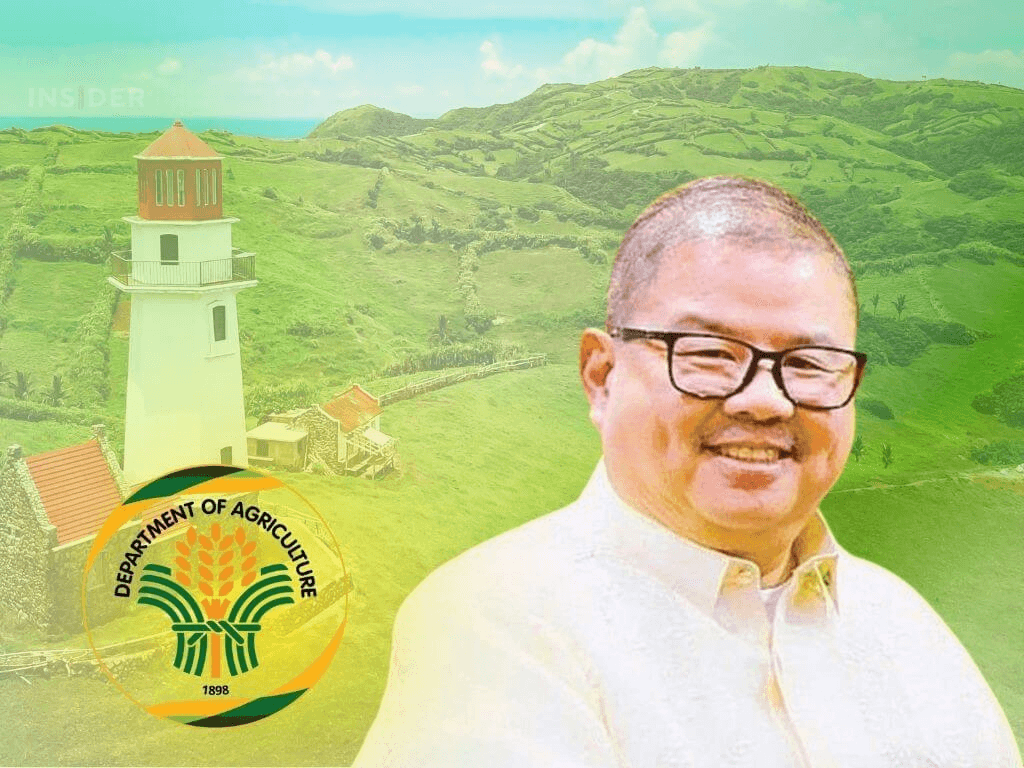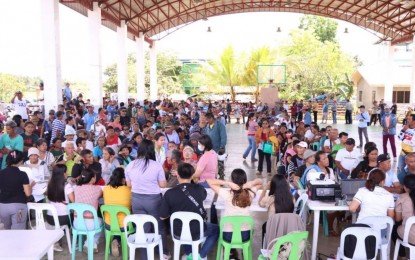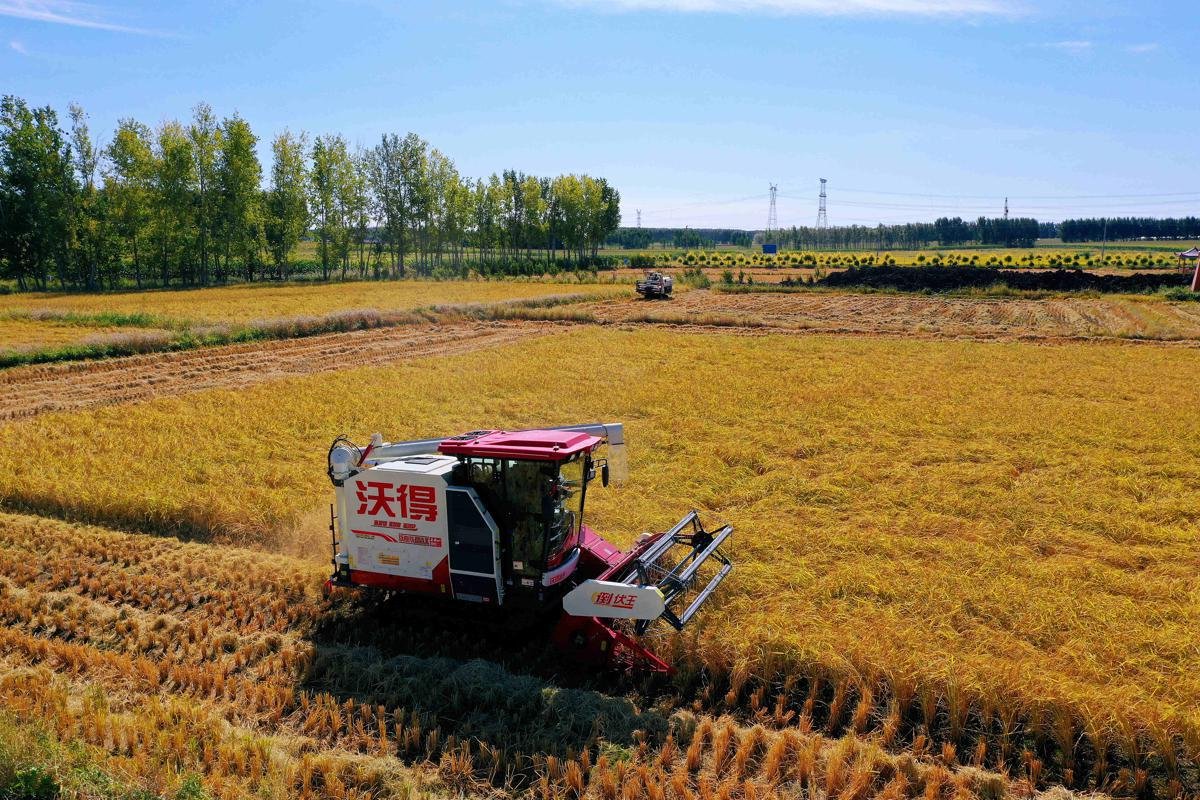Weekly Rice Market
(Indicative Quotes)
Basmati Rice
Basmati Rice | Indicative Quotes | Updated Weekly
Global Market | White Rice
White Rice | Indicative Quotes | Updated Weekly
| Origin | Type of Rice | Variety Name | Broken | Price | Change | High | Low |
|---|---|---|---|---|---|---|---|
| India | Milled White Rice | Long Grain | 5% | $368 | -8 | $380 | $368 |
| India | Milled White Rice | Long Grain | 5% | $381 | -8 | $496 | $379 |
| Pakistan | Milled White Rice | Long Grain | 5% | $351 | +5 | $360 | $346 |
| Pakistan | Milled White Rice | Long Grain | 5% | $380 | +5 | $640 | $380 |
| Pakistan | Milled White Rice | Long Grain | 5% | $590 | +5 | $613 | $488 |
| Thailand | Milled White Rice | Long Grain | 5% | $354 | -1 | $379 | $354 |
| Thailand | Milled White Rice | Long Grain | 5% | $387 | -1 | $669 | $387 |
| Thailand | Milled White Rice | Long Grain | 5% | $596 | -1 | $659 | $469 |
| U.S | Milled White Rice | Long Grain | 4% | $604 | -2 | $622 | $600 |
| U.S | Milled White Rice | Long Grain | 4% | $654 | -2 | $818 | $654 |
| U.S | Milled White Rice | Long Grain | 4% | $798 | -2 | $798 | $708 |
| Vietnam | Milled White Rice | Long Grain | 5% | $376 | -3 | $403 | $376 |
| Vietnam | Milled White Rice | Long Grain | 5% | $386 | -3 | $657 | $382 |
| Vietnam | Milled White Rice | Long Grain | 5% | $579 | -3 | $667 | $445 |
News

RI Govt to expand ...
Jakarta (ANTARA) – Indonesia plans to accelerate rice field development in its eastern regions as part of long-term efforts to stabilize prices and strengthen food security,

Bangladesh issues ...
Reuters HAMBURG: Bangladesh’s state grains buyer has issued an international tender to purchase 50,000 metric tons of rice, traders said on Monday. The deadline for submission

Economic dev’t com...
THE Economic Development Committee (EDCom) said it is seeking to strike a balance between protecting farmers and limiting the inflationary impact on consumers in adjusting rice

Bapanas: Rice Stoc...
Reporter: Alfitria Nefi P TEMPO.CO, Jakarta – The Head of the Indonesia’s National Food Agency (Bapanas), Amran Sulaiman, stated that there are more than one million

Rice Department to...
The Rice Department will meet with key agencies and rice mills to draft measures preventing paddy prices from falling during the 2025/26 harvest season. The Rice Department will

REAP protests excl...
Rizwan Bhatti KARACHI: The Rice Exporters Association of Pakistan (REAP) has voiced strong concern over its exclusion from the recently constituted National Agritrade Food

Punjab agri dept s...
The Newspaper’s Staff Reporter LAHORE: The Punjab Agriculture Department has signed four memoranda of understanding (MoUs) with Chinese technology and agricultural machinery

Indonesia to revok...
“All types of rice have their respective HET levels and regulations that must be followed,” Jakarta (ANTARA) – The government will revoke the business licenses

Rice imports to Uk...
Source: Agravery.com In January-September 2025, Ukraine imported 77,806 tons of rice worth 49,331 thousand US dollars, according to the State Customs Service. For comparison, in
Featured Registered Companies
RNT Tube
Rice Farmers in Crisis Huge Losses as Costs Soar & Prices Crash Buyers Exploit Market
October 6, 2025
Statistics
Sustainable Rice
Farmers Place
Forex Rates
Open Market Forex Rates
Updated at:
From | ||
|---|---|---|
To | ||
| Countries | Currency | Spot Rate |
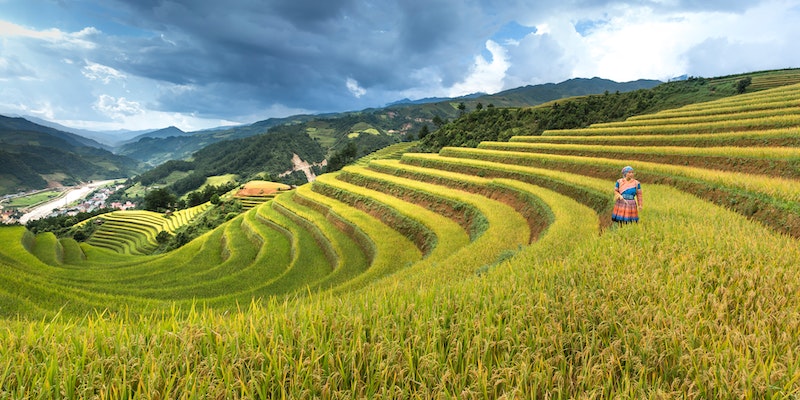
Enjoyed the read?
Join our monthly newsletter for helpful tips on how to run your business smoothly

